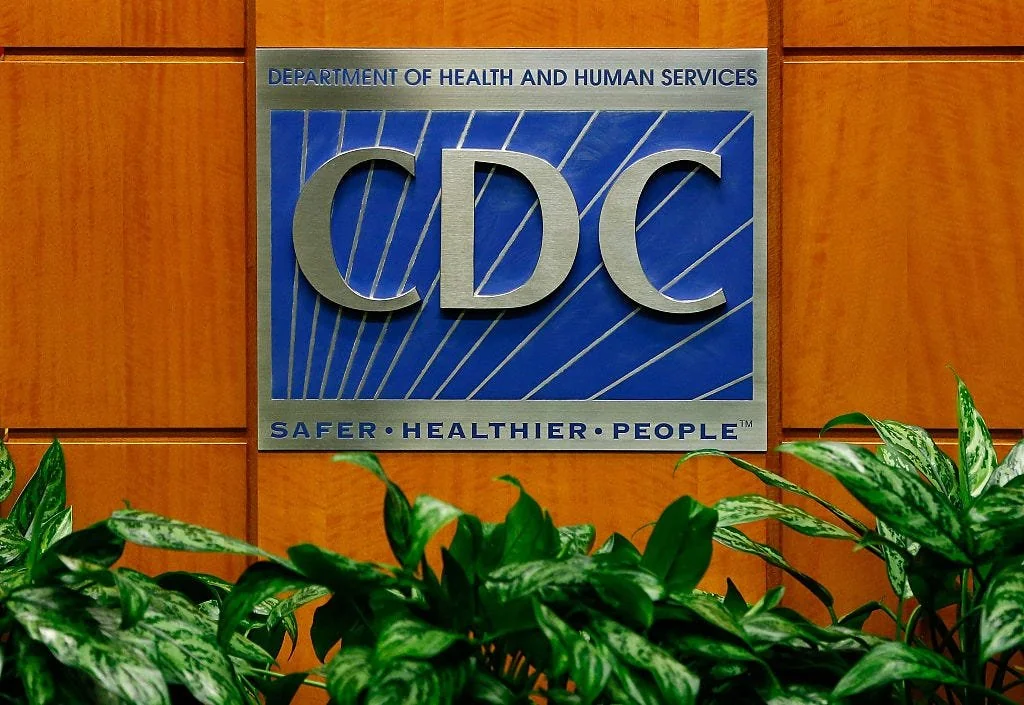As we navigate the challenges of the COVID-19 pandemic into its fourth year, some US states are taking a more flexible approach to the existing guidelines. California, following in the footsteps of Oregon, has recently made changes to its COVID-19 rules, particularly in terms of isolation expectations for individuals who test positive.
In an official order issued on January 9, California now allows individuals with a positive test but no symptoms to resume public activities. This shift is based on the belief that the impact of COVID-19 has lessened, thanks to factors like widespread vaccination and the availability of effective treatments. Oregon had already implemented similar changes in May.
Both California and Oregon are departing from the CDC’s recommendation of at least a five-day isolation period after a positive test or the onset of symptoms. Instead, individuals in these states are no longer required to follow a specific isolation duration. Those with mild symptoms can return to work or school after being fever-free for just 24 hours, while those without symptoms don’t have a mandatory isolation period anymore, according to the new state policies.
Even with this relaxation, both states are advising infected individuals, even if not isolating, to be cautious. This includes avoiding contact with high-risk individuals and wearing masks around others for 10 days after testing positive or falling ill.
Dr. Tomás Aragón, Director of the California Department of Public Health, highlighted the rationale behind the changes, stating, “We are now at a different point in time with reduced impacts from COVID-19 compared to prior years due to broad immunity from vaccination and/or natural infection, and readily available treatments available for infected people.”
The guidelines recommend that anyone suspecting they may have COVID-19 should begin isolation even before receiving test results. If testing positive, a five-day isolation period is suggested, as this is considered the peak contagious period. If symptoms appear during the following 10 days, the isolation period restarts. Individuals can end isolation if, after five days, they are fever-free for 24 hours without medication and symptoms have improved.
For those with severe symptoms or complications like shortness of breath, an additional five days of isolation is recommended, totaling 10 days. Individuals with a history of severe illness or immunocompromise should consult their doctor for guidance on treatment plans and observe a minimum 10-day isolation period.
During isolation, individuals are encouraged to wear high-quality masks around others, avoid travel, stay home as much as possible, use a separate bathroom if available, improve home ventilation, refrain from sharing personal household items, and monitor symptoms closely.
In summary, as certain states diverge from strict CDC guidelines, individuals are urged to follow the updated state-specific protocols, aiming to strike a balance between protecting vulnerable populations and minimizing disruptions to daily life.
















































